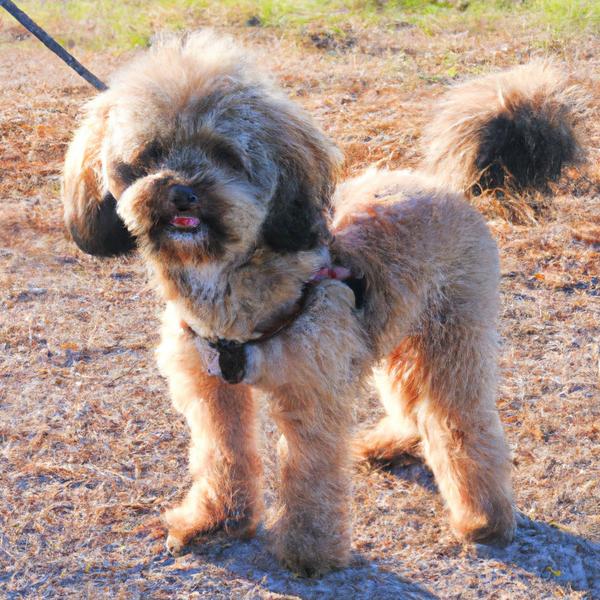Poo-Ton vs. Clumber Pei: Breed Differences and Similarities
Hypoallergenic
Are Poo-Tons or Clumber Peis hypoallergenic, or neither?
While no dogs are truly 100% hypoallergenic, Poo-Tons are about as close as it gets, making them an ideal pet if you are an allergy sufferer.
Unfortunately, the Clumber Pei is not hypoallergenic, making it not a good choice for a dog lover who suffers from pet allergies.
Temperament
What are the personalities of Poo-Ton and Clumber Pei dogs?
Active
Playful
Alert
Intelligent
Affectionate
Lively
Trainable
Faithful
Vocal
Instinctual
Loving
Dignified
Independent
Affectionate
Loyal
Devoted
Gentle
Calm
Reserved
Hearted
Suspicious
Shedding Level
Do Poo-Tons shed more than Clumber Peis, or which breed sheds more, Poo-Tons or Clumber Peis?
Poo-Tons are low shedding dogs, requiring minimal coat care.
Clumber Peis are moderate shedders, but regular brushing can reduce shedding and maintain coat health.
Origin
What is the origin of Poo-Ton and Clumber Pei dog breeds?
United States
United States
Ancestry
What are the origins of Poo-Ton and Clumber Pei breeds?
Poodle and Coton De Tulear
Chinese Shar-Pei and Clumber Spaniel
Date of Birth
When were Poo-Ton and Clumber Pei breeds first developed?
Unknown
Late 1990s
Eye Color Possibilites
What are the eye colors of Poo-Ton and Clumber Pei dogs?
Brown
Brown
Nose Color Possibilites
What are the natural nose colors of Poo-Ton and Clumber Pei?
Black
Black
Brown
Coat Color Possibilites
What are the natural colors of the coat for Poo-Ton and Clumber Pei breeds?
White
Black
Gray
Brown
Sable
Cream
Black
Brown
Fawn
Cream
Red
White
Sable
Coat Length
What is the typical coat length for Poo-Ton and Clumber Pei breeds?
Poo-Tons are known for their coat length.
Clumber Peis have coats that can be either short or medium in length.
Coat Density
What is the density of the coat of Poo-Ton and Clumber Pei?
Coat Texture
What is the hair texture of Poo-Ton and Clumber Pei?
Wavy
Straight
Litter Size
What is the usual litter size for Poo-Ton and Clumber Pei?
A Poo-Ton can have a litter of 4-6 puppies on average. However, it's worth noting that the size of the litters can vary greatly. Factors that can influence litter size include the health of the mother, breeding history, and genetics.
A Clumber Pei can have a litter of 2-8 puppies on average. However, it's worth noting that the size of the litters can vary greatly. Factors that can influence litter size include the health of the mother, breeding history, and genetics.
Adaptability
Poo-Tons are highly adaptable and versatile, making them excellent companions for families and individuals of all lifestyles.
Clumber Peis are known for their adaptability and can adjust well to different environments and lifestyle changes.
Health Issues
Between Poo-Ton and Clumber Pei, which breed is more prone to health problems?
While the Poo-Ton breed is generally healthy, occasional vet check-ups are still necessary to address any health concerns.
Clumber Peis typically have low vet costs due to their good health, but it's important to monitor their health and seek vet care when necessary.
Major Concerns
What are the major health concerns for Poo-Ton and Clumber Pei breeds?
Sebaceous Adenitis
Hip Dysplasia
Addison's Disease
Mitral Valve Disease
Progressive Retinal Atrophy (PRA)
Skeletal/Joint Conditions
Eye Conditions
Minor Concerns
What minor health issues should be kept in mind when owning Poo-Ton and Clumber Pei?
Entropion
Corneal Dystrophy
Pateller Luxation
Skeletal/Joint Conditions
Skin Conditions
Eye Conditions
Occasional Tests
What occasional tests are recommended for Poo-Ton and Clumber Pei breeds?
Blood
Heart
X-Rays
Physical Examination
Allergy Tests
Eye examination
Internal Imaging (x-ray, CT scan, MRI, etc.)
Ophthalmic Examination
Skin Scrapings
Orthopedic Exam
Social Needs
Poo-Ton vs Clumber Pei social needs comparison
Poo-Ton has very high social needs and requires regular mental and physical stimulation, a job or purpose, and companionship.
Clumber Pei has average social needs and is less independent than other breeds.
Sleeping Need
Which of the two sleeps the most/least: Poo-Ton or Clumber Pei?
Poo-Tons have moderate energy levels and typical sleep patterns of 12-14 hours per day.
Clumber Peis are known for their relaxed and calm nature and enjoy long periods of sleep.
Mouthiness
Mouthiness Comparison: Poo-Ton vs Clumber Pei?
Roaming urge
Poo-Ton vs Labrador: Running away tendency?
Prey Drive
Poo-Ton or Clumber Pei - which breed has a higher level of prey drive?
Activity Level
Which breed has higher energy, Poo-Tons or Clumber Peis?
Both Poo-Ton and Clumber Pei are medium-energy dogs that enjoy socializing and playing with other dogs. They may engage in casual or sustained games of chase, and occasionally have bursts of barking or racing around the house.
Tolerance of being left alone
Walks per Week
How many miles should Poo-Ton or Clumber Pei walk each week?
There's really no limit to how far you walk your dog as long as they're comfortable. For Poo-Ton, it's at least 8 miles / week. Just remember to build distance and stamina gradually over time.
There's really no limit to how far you walk your dog as long as they're comfortable. For Clumber Pei, it's at least 9 miles / week. Just remember to build distance and stamina gradually over time.
Activity per Day
Do Poo-Tons or Clumber Peis require more exercise?
In general most Poo-Tons usually need at least 30 minutes of exercise daily. This can be spread across the day and include all sorts of high-energy activities, like walking, running and playing.
In general most Clumber Peis usually need at least 45 minutes of exercise daily. This can be spread across the day and include all sorts of high-energy activities, like walking, running and playing.
Grooming
Which breed is easier to maintain in terms of grooming, Poo-Tons or Clumber Peis?
Poo-Tons have high grooming needs, requiring regular trims and professional grooming assistance to keep their coat healthy.
The Clumber Pei requires an average amount of grooming compared to other breeds.
Brushing Frequency
What is the recommended brushing frequency for Poo-Ton and Clumber Pei dogs?
Ideally, both Poo-Ton and Clumber Pei should be brushed at least 2 or 3 times a week (preferably daily) to improve shedding.
Brushing Tools
What brushing tools are used for Poo-Tons and Clumber Peis?
Pin Brush
Comb
Scissors
Nail Clipper
Pin Brush
Slicker Brush
Clipper
Nail Clipper
Cups
How much food should be given to Poo-Ton or Clumber Pei in cups?
For an average 8-15 pound (4 - 7 kg) Poo-Ton feed 1 cups daily. But, keep in mind, the amount you feed is going to be dependent on the quality of the food you are feeding.
For an average 55-70 pound (25 - 32 kg) Clumber Pei feed 3 cups daily. But, keep in mind, the amount you feed is going to be dependent on the quality of the food you are feeding.
Daily Cost
Which breed has a higher daily cost, Poo-Ton or Clumber Pei?
The average cost of a Poo-Ton is somewhere $1.10 - $1.40 per day.
The average cost of a Clumber Pei is somewhere $1.70 - $2.00 per day.
Monthly Cost
Which breed has a higher monthly cost, Poo-Ton or Clumber Pei?
The average per month expenses of a Poo-Ton is between $28 - $42. This makes an average of $336 - $504 per year. It will be on the higher side when the dog is still small because it will need more frequent visits to the vet, shots.
The average per month expenses of a Clumber Pei is between $48 - $63. This makes an average of $576 - $756 per year. It will be on the higher side when the dog is still small because it will need more frequent visits to the vet, shots.
Sensitivity Level
How do Poo-Ton and Clumber Pei compare in sensitivity?
This breed is sensitive to its environment and best suited for patient and understanding families with a consistent routine.
Clumber Peis have average emotions and adapt well to different situations.
Apartment Friendly
Which breed is more apartment-friendly: Poo-Ton or Clumber Pei?
Poo-Tons make excellent apartment dogs, being fairly active indoors and not requiring a yard.
The Clumber Pei is a great apartment dog, thriving with sufficient exercise and time outside as part of their daily routine.
Child Friendly
Do Poo-Tons or Clumber Peis have a friendlier temperament towards children?
Poo-Tons make excellent family pets for kids due to their gentle, protective nature and calm temperament.
Clumber Peis have an average level of friendliness towards children.
Senior-friendly
Which dog is more suitable as a pet for the elderly - Poo-Ton or Clumber Pei?
Cat Friendly
Do Poo-Ton or Clumber Pei breeds have a better compatibility with cats?
Poo-Tons are very friendly with cats and make great companions for them.
Clumber Peis are average in their friendliness toward cats and tend to do well with them, especially if raised together.
Dog Friendly
Which breed is more sociable with other dogs: Poo-Ton or Clumber Pei?
Poo-Tons and Clumber Peis are friendly, active and loyal companions. They generally love to be around other dogs, making them a good family pet for some.
Pet friendly
How do Poo-Ton or Clumber Pei dogs interact with other pets?
Stranger Friendly
Which breed is more friendly with strangers: Poo-Ton or Clumber Pei?
Poo-Tons are friendly but may bark at strangers, and training is easy due to their intelligence.
Clumber Peis are quick to announce strangers and can be standoffish or suspicious.
Playfulness
Which breed is more playful between Poo-Ton and Clumber Pei?
Poo-Tons are a playful breed that needs daily playtime to be happy.
Clumber Peis have an average level of playfulness, enjoying playtime like most dogs but not excessively so.
Trainability
How do the trainability levels of Poo-Tons and Clumber Peis compare?
Poo-Ton and Clumber Pei dogs are known for their ease of training and ability to learn quickly, making them a popular choice for pet owners and trainers alike.
Compare Poo-Ton with other breeds
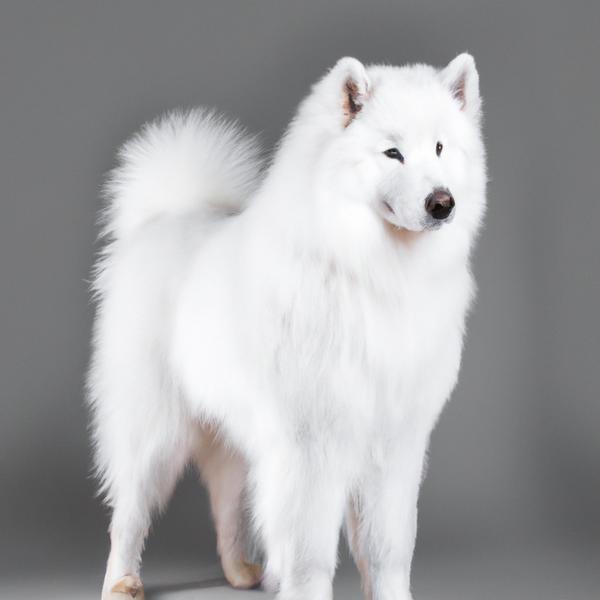
Eskifon
Poo-Ton vs Eskifon
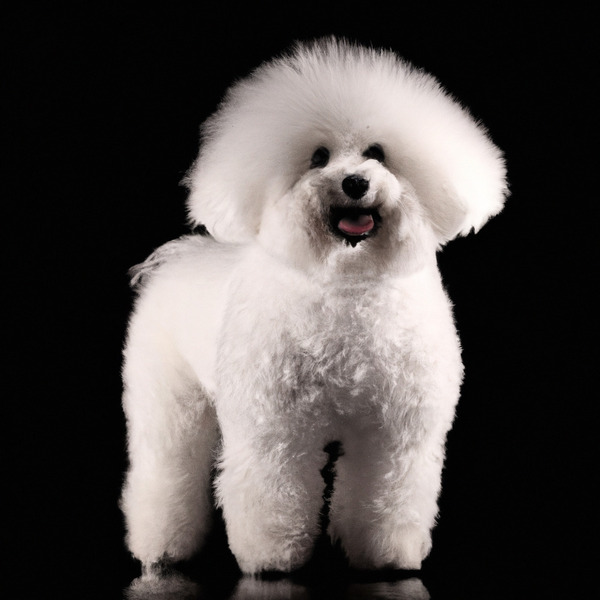
Bolognese
Poo-Ton vs Bolognese
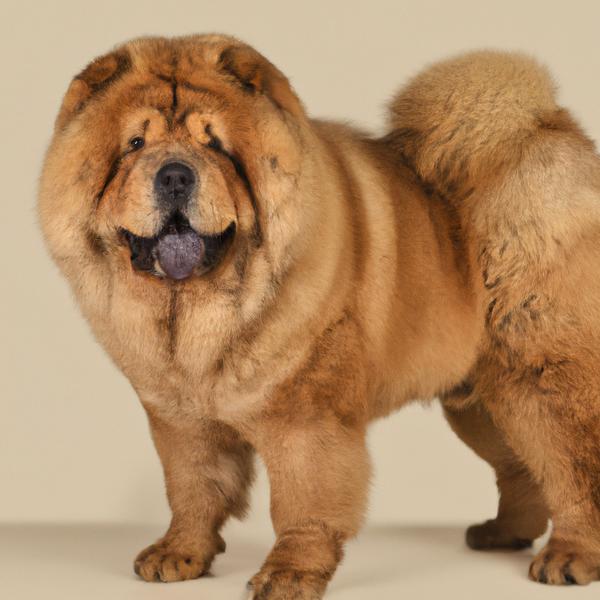
Chow Chow
Poo-Ton vs Chow Chow
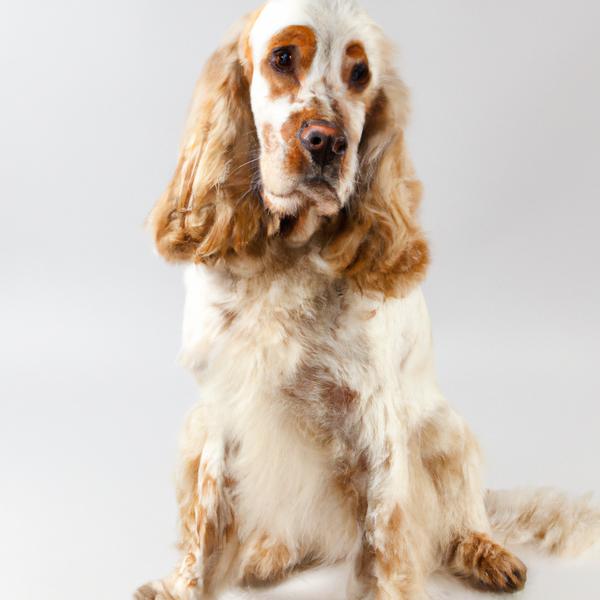
Clumber Spaniel
Poo-Ton vs Clumber Spaniel
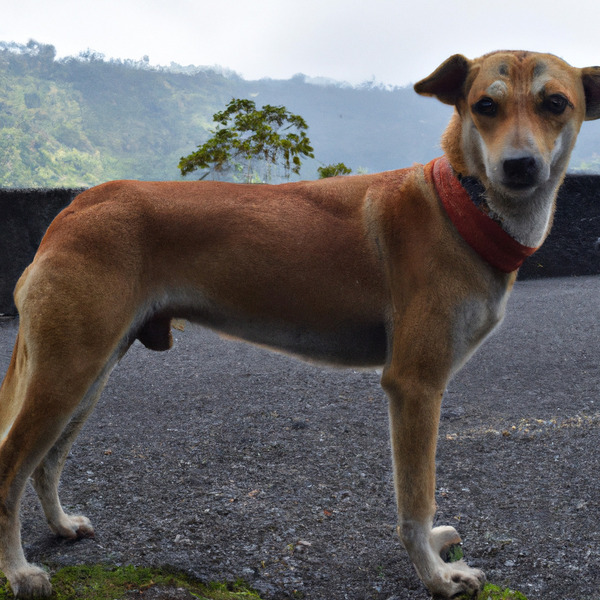
Kintamani
Poo-Ton vs Kintamani
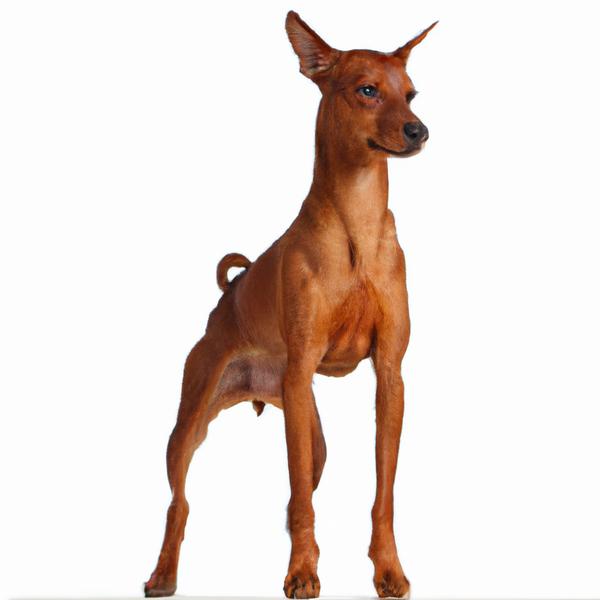
Smooth Fox Pinscher
Poo-Ton vs Smooth Fox Pinscher
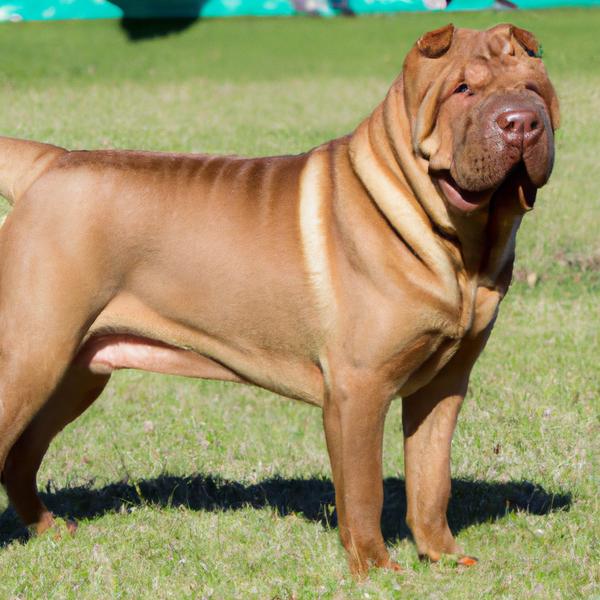
Clumber Pei
Poo-Ton vs Clumber Pei
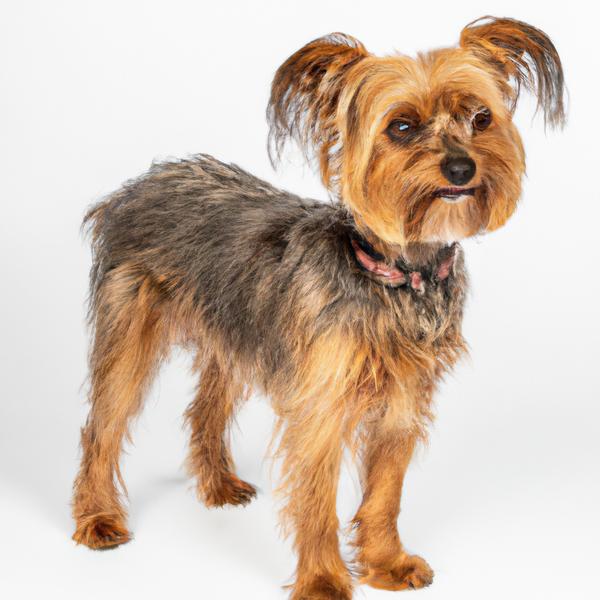
Wire Torkie
Poo-Ton vs Wire Torkie
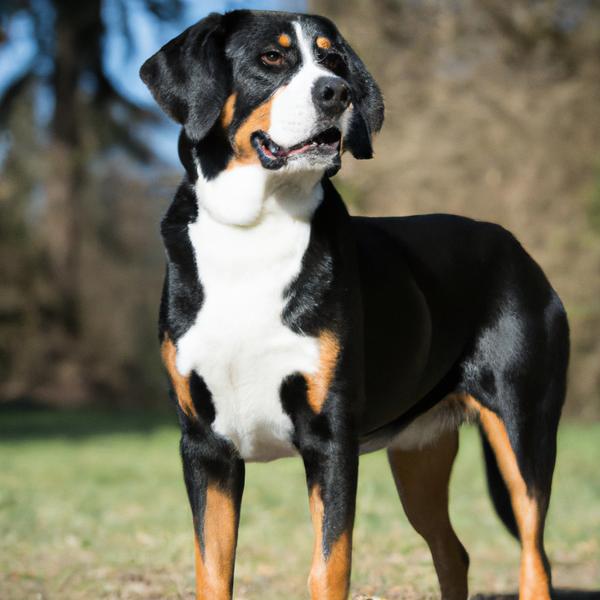
Greater Swiss Mountain
Poo-Ton vs Greater Swiss Mountain
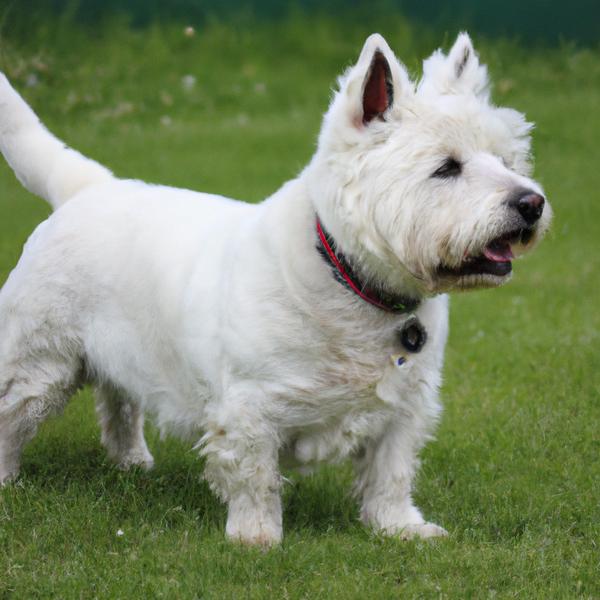
Westie Staff
Poo-Ton vs Westie Staff
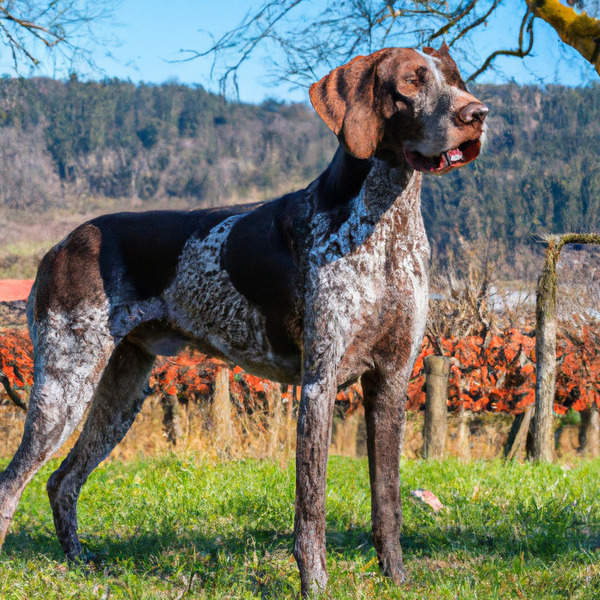
Braque d'Auvergne
Poo-Ton vs Braque d'Auvergne
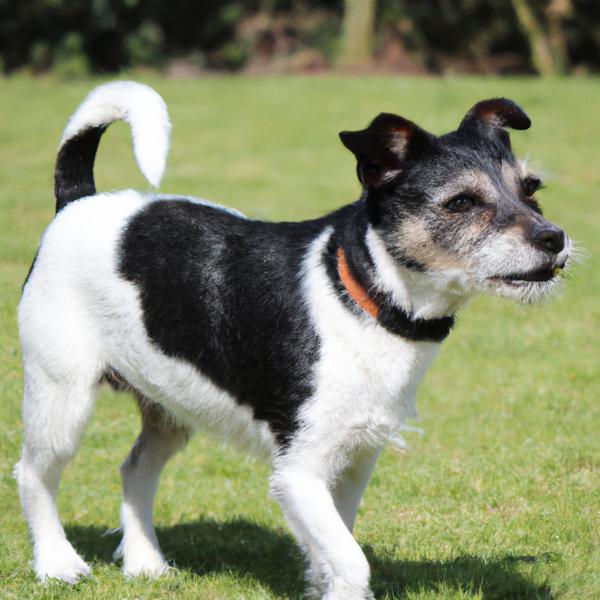
Minnie Parson
Poo-Ton vs Minnie Parson
